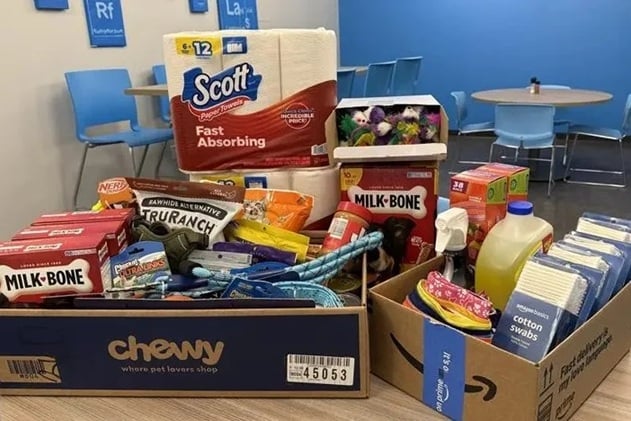Not since World War II has North America been at the center of a metals manufacturing investment boom. Three new aluminum rolling mills, and multiple steel mills, are coming up out of the ground as a testament to the over tens of billions of dollars in new investments to secure domestic aluminium and steel supply chains.
During the 80 years since the last metals manufacturing renaissance in the US, aluminum domestic primary capacity has dwindled down to just a hand full of smelters. This has left the US short primary supply by 4 M tons in 2023, with the deficit increasing to over 5 M tons short by 2027. Due to past energy deregulation, US rolling mills turned to foreign sources for primary metal and tapped into a mature consumer economy where post-consumer secondary metal units are readily available and have evolved into the principal feedstock for rolling mills.
North American aluminum sheet demand had been rabid during the the Covid-19 recovery period 2020 – 2022 H1 fuelled by stay-at-home consumer beverage consumption, and the pent-up latent demand for new cars that were held at bay by the semiconductor constraint. Both can sheet, and auto body stock are poised for sustained growth. As EVs gain share of new auto purchases and millennial consumers continue to align their beverage of choice with sustainable packaging these investments will have sustained and reasonable ROI projections in the long term despite the inflationary headwinds stalling growth in 2023 H1.
Bay Minette by Novelis will leverage the company's long standing supply chain role across all end use segments and a solid understanding of the secondary metals supply chain. This same secondary metals supply chain expertise is exactly the operating synergy Aluminum Dynamics Incorporated brings with it from its parent’s lineage and the Steel Dynamics – OmniSource model. Manna Capital is attacking the challenge from the other end of the value chain by establishing a strategic supply relationship with Ball Corporation for a long-term connection to forward can sales. Manna has also inked a deal with Metal X for scrap and slab casting capacity to further bolster its feedstock plans. If these statements of market longevity are suspect, any trend towards friends-shoring, strengthening domestic supply chains and de-risking import supply plans further emboldens this new capacity as the geopolitical picture looks no perilous ahead as it has in recent years.
As these new aluminum rolling mills begin to roll nearly 2 M tons of aluminum can, auto body and general fabrication sheet coil, the demand for secondary feedstocks will rise in tandem. Sure, closed loop scrap return programs will accompany the sales of the new aluminum coil capacity, capturing perhaps as much as 20% of the clean, segregated class scraps. That leaves a conservative view that 1.6 m tons of additional scrap feedstock will be needed continuously throughout the operating years.
New EAF production will boost ferrous scrap demand
Domestic capacity increases in the steel industry will also create profound changes in the ferrous scrap market. Between 2017-2025, the US steel industry will have added over 10 M tons of EAF capacity, while some integrated Canadian mills are also planning to switch over to the EAF steelmaking process in the coming years. These increases will substantially and structurally raise demand for both scrap and ore-based metallics, and prime grade scrap in particular will likely be even more sought-after Upcoming supply tightness for metallics is a global phenomenon as North America is not alone in undergoing these changes. While EAF output growth will be strong in the region, in total it will only make up about 13% of global EAF output growth between 2017-2025, with Asia comprising over half of these increases. As such, higher recovery rates will be needed for obsolete scrap in order to meet rising demand. Scrap prices should remain high enough to encourage collection, while keeping a reasonable correlation with hot metal costs.
The following table shows new flat rolled EAF mills in the USA currently under construction:
CRU’s analysis of these key supply and demand drivers creates a comprehensive and unique market perspective. The secondary metals value chain is the central to secure the supply strategies for aluminum semis. Both producers and consumers need CRU’s global insights to navigate the growth and changing trade flows in the secondary metals markets that underpin their value chains.
















